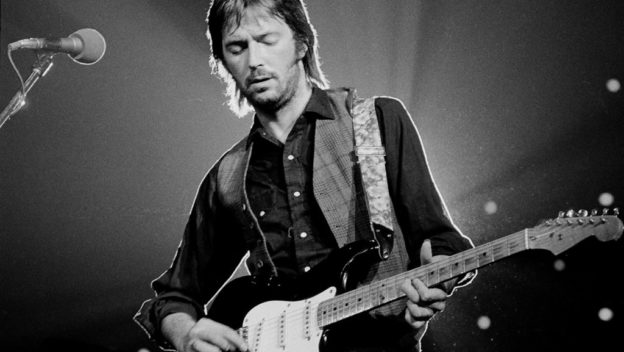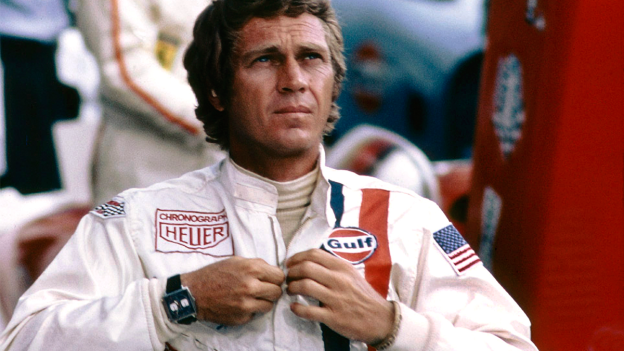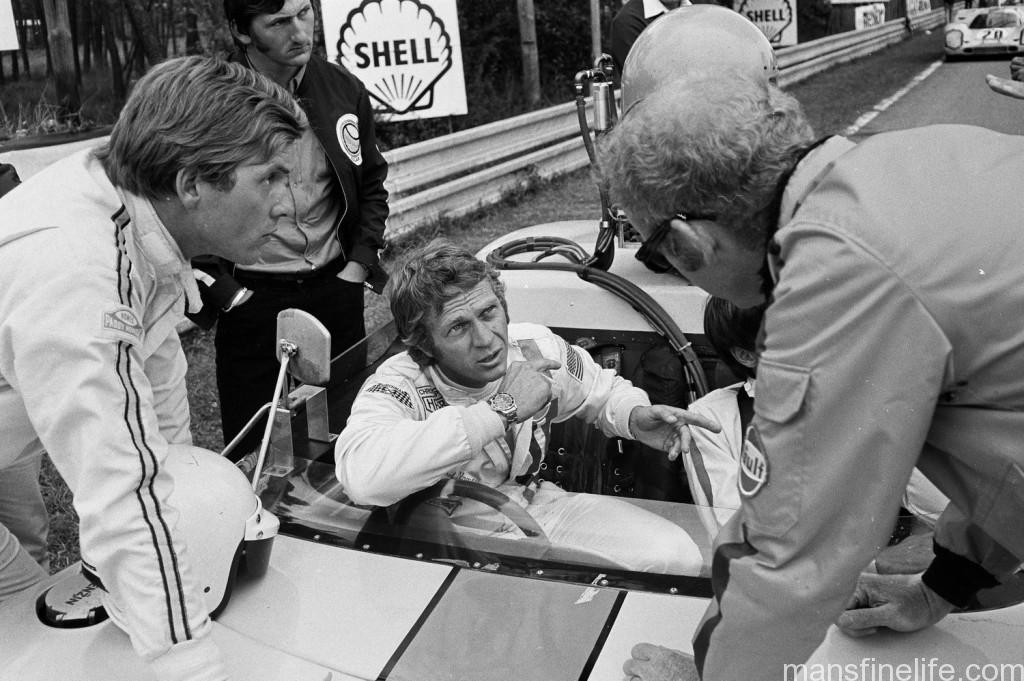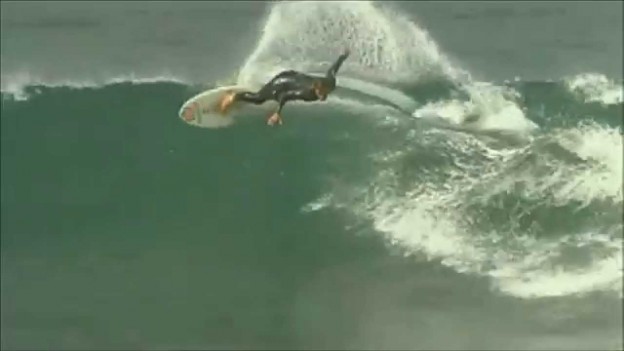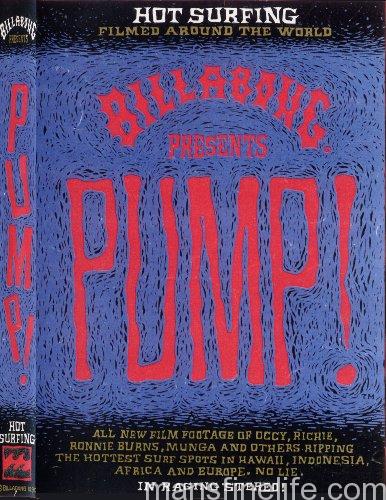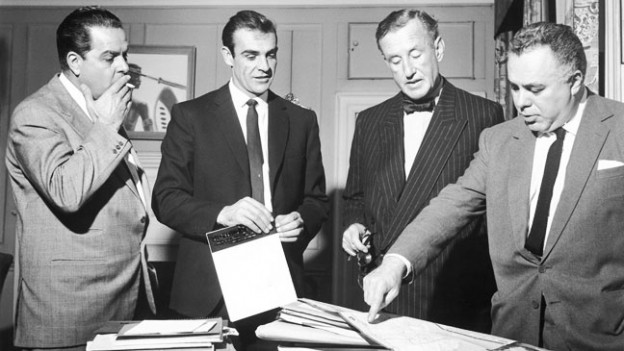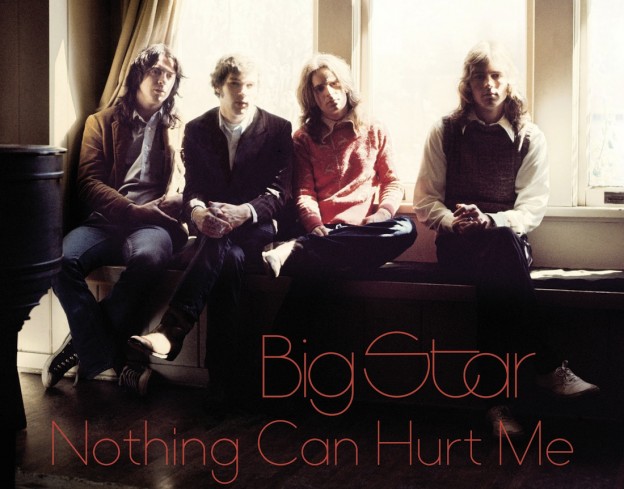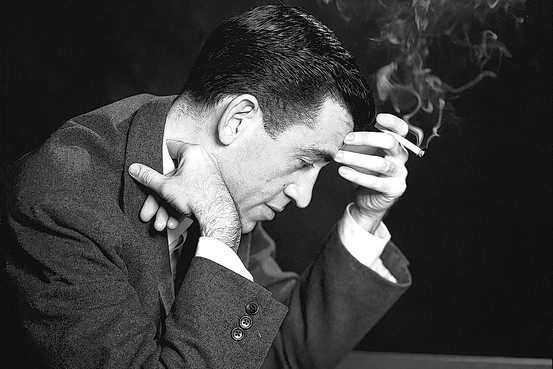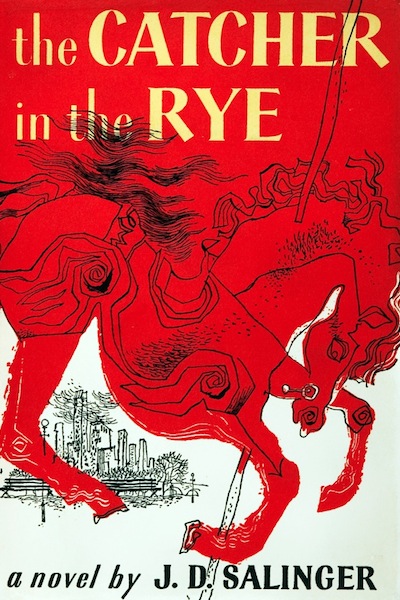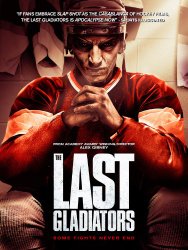It’s hard to believe there hasn’t been a comprehensive Eric Clapton biographical documentary until now. The legendary British guitarist has been a major part of the Rock firmament for well over 50 years yet we had to wait until 2017 before we got a full cinematic retrospective of Clapton’s rather amazing life and career. Thankfully, Lili Fini Zanuck’s Eric Clapton: Life in 12 Bars does its mythical subject justice, all the more so by humanizing the diffident guitar genius by delving into his troubled childhood and deep emotional troughs along with chronicling Slowhand’s blazing musical achievements.
Clocking in at a fairly long 2 hours, 13 minutes, Eric Clapton: Life in 12 Bars is definitely a conventional documentary and nothing groundbreaking in and of itself, tracing Clapton’s life in chronological fashion from his middle class upbringing in postwar Ripley, England, through his rise to superstardom and to the modern day. Thankfully, its exhaustive nature is much more illuminating than tedious, at least to a lifelong fan like myself. Clapton has always been a somewhat elusive character, both omnipresent in Rock culture and yet a bit opaque with a tendency to recede for long periods of time. Life in 12 Bars does an excellent job of filling in the major mysteries of his rather dramatic life.
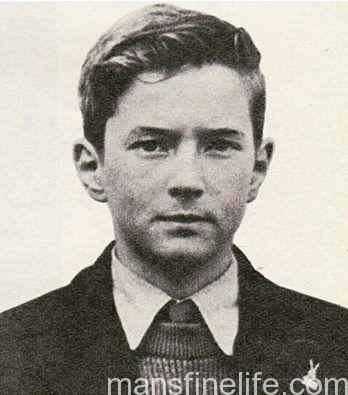
Chief among them is the fact that Clapton found out at around age 9 that the woman he thought was his mother was actually his grandmother and that his real mother had abandoned him and fled to Canada after a brief war time fling led to his conception. This primal abandonment and subsequent rejection by his biological mother during his youth and adolescence — she had started an entirely new family in the following years — led to profound psychological scars, as well as intimacy issues. As so often is the case with a genius, though, this trauma also led to amazing artistic breakthroughs. After becoming obsessed with American Blues and R&B as a teenager, young Eric took to the guitar like a fish to water.
After flirting with graphic art at college, Clapton joined his first real band in 1962 at the age of 17. By 1963 he was in the Yardbirds as they starting their amazing run of Blues-inflected British pop, becoming one of the stalwarts of the British Invasion and one of its key innovators. Clapton left the Yardbirds in ’65 when he felt they were straying too far from their Blues roots for his liking, joining the more traditionalist John Mayall and the Bluesbreakers. While fruitful for Clapton’s evolution as a modern Blues guitar master, the relationship was short-lived and by late 1966 Clapton had teamed up with drummer Ginger Baker and bassist/voclaist Jack Bruce to form the ultimate power trio, Cream.
Cream, one of the earliest so-called “supergroups,” slowly built into a monstrously successful act, particularly once they crossed the Atlantic and began a string of mythical live shows in New York, San Francisco and across the United States. Clapton was also inspired by the emergence of another guitar legend upon the scene, Jimi Hendrix, perhaps the only true rival to Clapton in terms of pure technique (with apologies to Jimmy Page). This period was undoubtedly the high point of Clapton’s 1960s career, with both critical accolades and commercial success through his highly influential work as part of Cream, which for good or ill laid the groundwork for both Heavy Metal and the hard-edged Blooze music to come in the early 70s by bands like Deep Purple, Blue Cheer, Black Sabbath, et al.
However, all was not well in the band despite their massive success. Relentless touring and the deteriorating toxic relationship between Bruce and Baker led to a permanent rupture, with the band releasing their final album, the aptly named Goodbye, in 1970. After that, Clapton was off to the short-lived Blind Faith (“Cant Find My Way Home”), Delaney and Bonnie and Friends (“Let It Rain,” “After Midnight”) and as a super session man on all-time classics like George Harrison’s “While My Guitar Gently Weeps,” John Lennon’s “Cold Turkey” and “Go Back Home” by Stephen Stills, among many others.
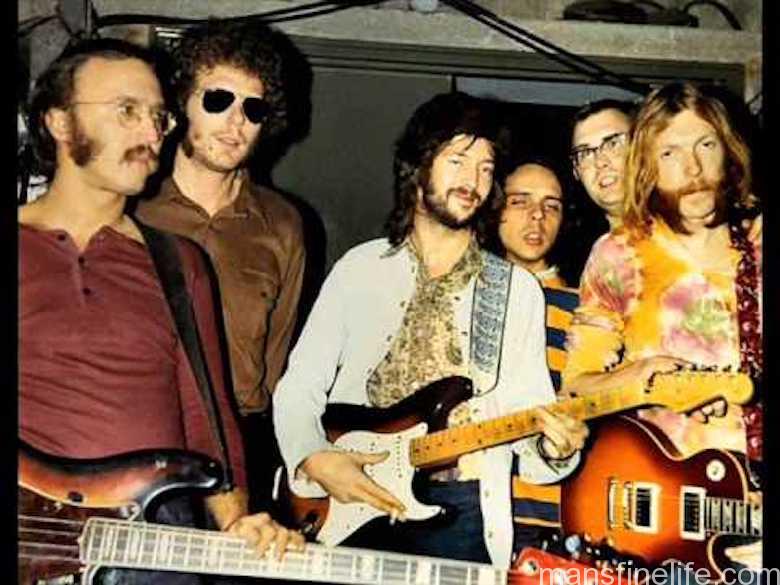
The next key development for Clapton was the formation of Derek and the Dominos. The material for for their first album came largely from Clapton’s obsessive infatuation with George Harrison’s wife, Pattie Boyd. Despite the fact that Harrison was probably Clapton’s closest friend he pursued Boyd and essentially recorded Layla and Other Love Songs in an attempt to woo her away from the quiet Beatle. The title track and “Bellbottom Blues” were particularly raw expressions of unrequited love, as well as stone classics, and the whole double album is a remarkable artistic achievement that also featured key contributions from Duane Allman, a vital catalyst after Clapton and the Dominos suffered major creative blocks.
Bizarrely, despite its undeniable greatness the album failed in America due to the confusing pseudonym chosen for the band. Even more ominously, Derek and the Dominos proved to be a final zenith for the seemingly unstoppable Clapton for some time, as tragic events conspired to send him into a drug-fueled tailspin. First came the death of his guitar rival/soulmate Hendrix in September, 1970, shortly after the band had recorded a version of “Little Wing” as a tribute. By October, 1971 Duane Allman was also dead in a motorcycle accident (this fact is inexcplicably left out of 12 Bars). Perhaps worst of all, despite the passion of Layla, Pattie Boyd chose to remain with Harrison for the time being, adding to Clapton’s sense of hopeless desperation. After leading from the ramparts of the 1960s Rock revolution with ever-increasing influence, popularity and creative innovation, Clapton would drop out and spend the first several years of the 1970s as a heroin-addled hermit.
Of course, this is really only the first part of both the documentary and Clapton’s life story, albeit the most important and dynamic section of the film. 12 Bars goes on to recount Clapton’s struggles with both heroin and alcohol, his epically erratic comeback to live performance, his eventual rather hollow winning of Pattie Boyd as his wife (it didn’t last) and the tragic death of his young son Connor to a fall out the window of a New York skyscraper in 1991. I’m probably in the minority but there are a bit too many rather morbid home movies of his son set to “Tears In Heaven” for my taste after the scope of the loss has already been well established — and with the same images already seen immediately prior. No doubt this absolutely horrible loss was a key event in Clapton’s later life and a major turning point in his sobriety — not to mention the resulting song a massive hit for E.C and a ubiquitous Grammy-winning Unplugged performance. But it still seems like this section is padded out and the tragedy exploited in a somewhat unseemly and facile music video fashion.
Nevertheless, while it has its flaws Eric Clapton: Life in 12 Bars is a must-view for any serious Clapton fan and really anyone interested in the history of Rock ‘n Roll in general, particularly the lighting-fast developments of the British music scene in the 1960s. Along with the breadth of sorrows that the film lays bare in the man and his Herculean struggles to overcome them, which were only vaguely known by the general public, the documentary also makes clear by sheer accumulation the true scope of Slowhand’s importance. When dwelling on his solo output it has often been fashionable for Rock critics to render a verdict on Clapton’s work as somewhat disappointing, a bit of a Rock underachiever. But that narrow view fails to take into account the fevered vibrancy of his earlier work and the unsustainability of that pace, not to mention the multitude of his collaborations as a sideman and the undeniable quality of much of his later work in the 1970s, 80s, 90s and until the present day, even if what came after The Yardbirds, Cream and Derek and the Dominos was not quite as revelatory.
I think most of all what comes across is just how young Clapton was when he achieved immortality. By the time Layla was released in 1970 Clapton was all of 25 years old. It’s really no surprise then that he had not yet come to terms with his childhood emotional damage and was still somewhat stunted as a person even if he had already achieved world-conquering global stardom. The fact that he survived the perils of fame and his addictions to keep on recording great music and lived to become one of the grand old men of Rock at the current age of 72 is probably also just as remarkable considering the fate of so many of his contemporaries. In fact, Life in 12 Bars leads to one inescapable conclusion through its excellent exploration of a life literally defined by Rock and the Blues: Eric Clapton may not be God but he is somewhat surprisingly, based on his longevity, his collaborators and the overall quality of his output, the most important guitarist in the history of Rock ‘n Roll.

